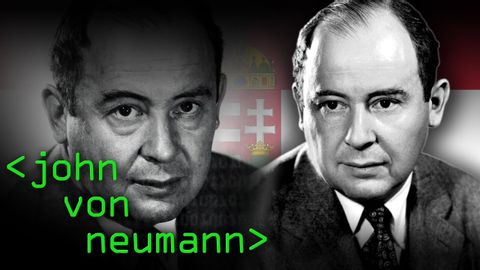フォン・ノイマン・アーキテクチャー - コンピュータマニア (Von Neumann Architecture - Computerphile)
林宜悉 が 2021 年 01 月 14 日 に投稿  この条件に一致する単語はありません
この条件に一致する単語はありませんUS /ˈbesɪkəli,-kli/
・
UK /ˈbeɪsɪkli/
US /ɪgˈzædʒəreɪt/
・
UK /ɪgˈzædʒəreɪt/
US /ˈkærəktɚ/
・
UK /'kærəktə(r)/
- n.(物語 : 映画 : 演劇などの)登場人物;文字;性格 : 性質;変わっている人;評判
US /fɔrs, fors/
・
UK /fɔ:s/
- n.軍隊;力;強制;武力;影響力;勢い;警察
- v.t.強要する;こじ開ける;促成栽培する
エネルギーを使用
すべての単語を解除
発音・解説・フィルター機能を解除

